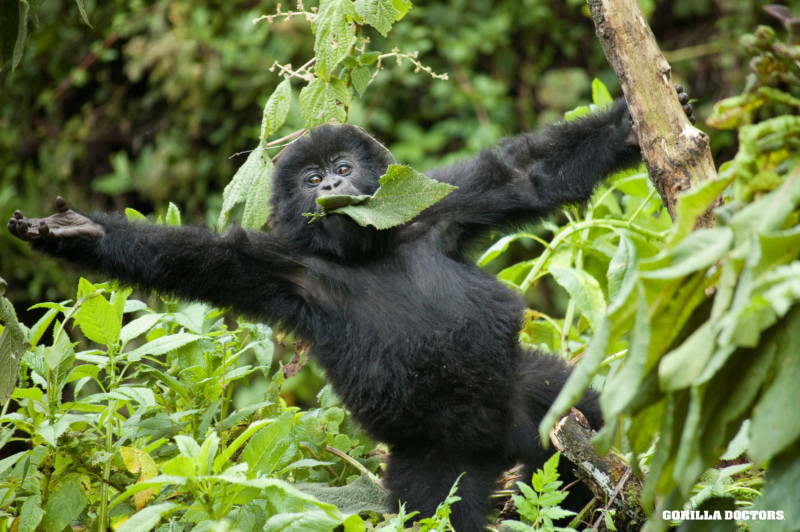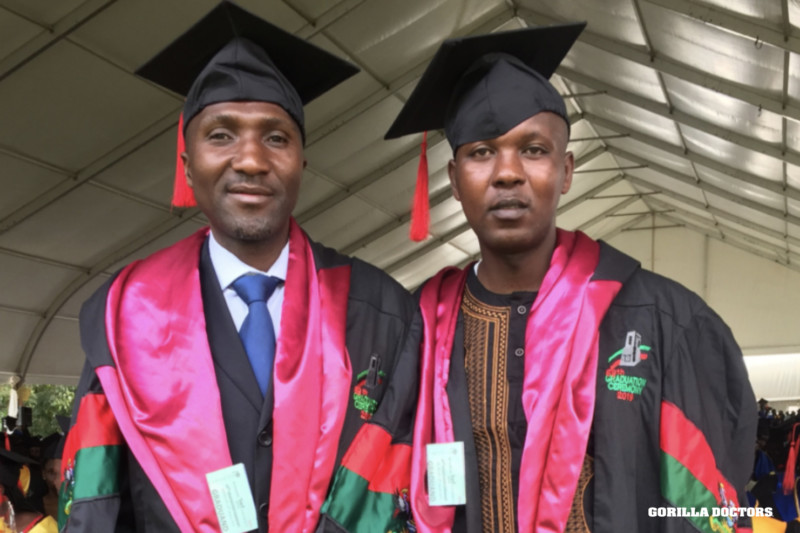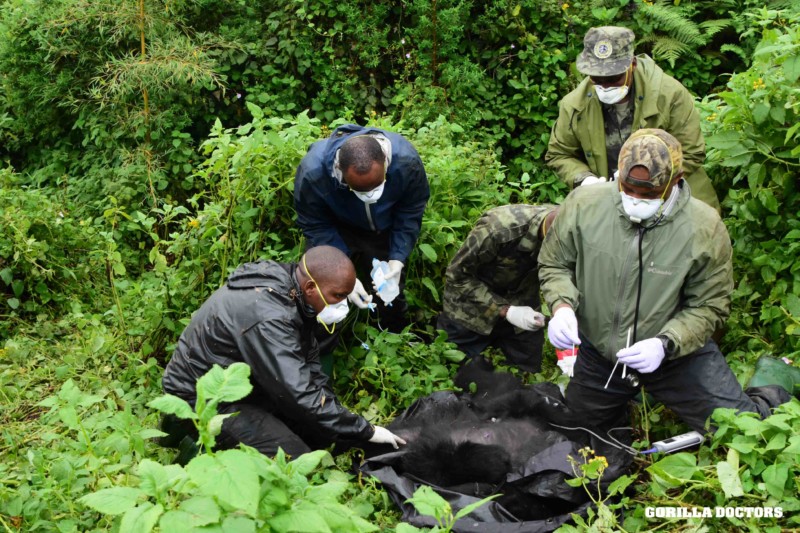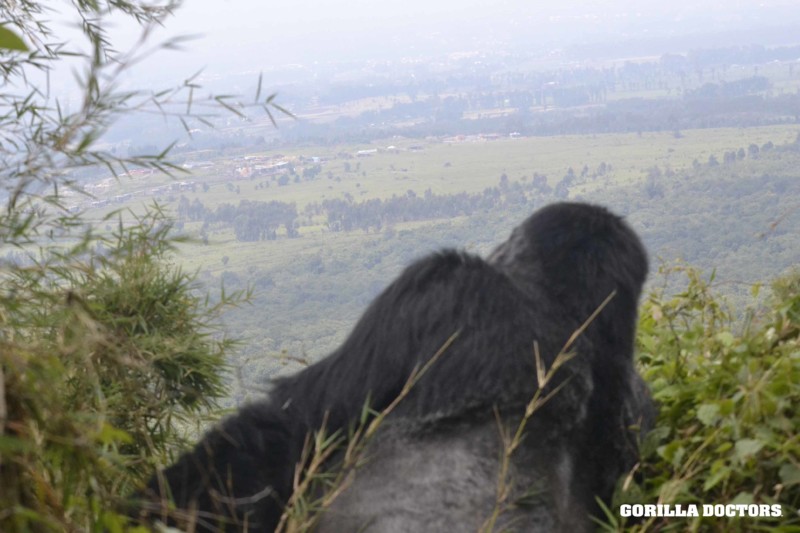World Wildlife Day 2021
By Gorilla Doctors Staff on Wednesday, March 3rd, 2021 in Blog.“On 20 December 2013, at its 68th session, the United Nations General Assembly (UNGA) proclaimed 3 March – the day of signature of the Convention on International Trade in Endangered Species of Wild Fauna and Flora (CITES) in 1973 – as UN World Wildlife Day to celebrate and raise awareness of the world’s wild animals and plants.” – www.wildlifeday.org
This year, today’s theme is – Forests and Livelihoods: Sustaining People and Planet – aligned to UN Sustainable Development Goals (SDGs) #1, 12, 13 and 15. Gorilla Doctors’ One Health approach aligns to several of the SDGs, so we thought we would show you how the health of gorillas contributes to the health of other wildlife, their shared forest ecosystem and the health of the people who share and benefit from the conservation of wild eastern gorillas in Rwanda, Uganda and DR Congo.
UN Sustainable Development Goals + Gorilla Doctors
The United Nations 2030 Agenda for Sustainable Development, first adopted in 2015, “…provides a shared blueprint for peace and prosperity for people and the planet, now and into the future. At the heart are the 17 Sustainable Development Goals, which are an urgent call for action…” To learn about all 17 SDGs visit: https://sdgs.un.org/goals
1 – No Poverty: Pre-pandemic, eastern gorilla tourism was a significant source of employment and revenue for people, communities and countries where mountain and eastern lowland gorillas live. The return of tourism, with health and safety best practices permanently in place (e.g. masks in the presence of gorillas), will help ensure the long-term sustainability of both the gorilla populations as well as the health of the tourism industry and the extraordinary economic benefits it brings.
3 – Good Health and Well-Being: Gorilla health is best protected by making sure that the people they are in close contact with are healthy too. To that end, Gorilla Doctors pioneered an employee health program that provided health screening and vaccinations to park employees and their families. Since it began in 2001, we have reached more than 2,000 people. This program is now being established more permanently at Volcanoes National Park in Rwanda: thanks to a generous donation to Gorilla Doctors, we have partnered with the Rwanda Development Board to hire the park’s first-ever medical doctor who is dedicated wholly to providing health care to park personnel and tourists.
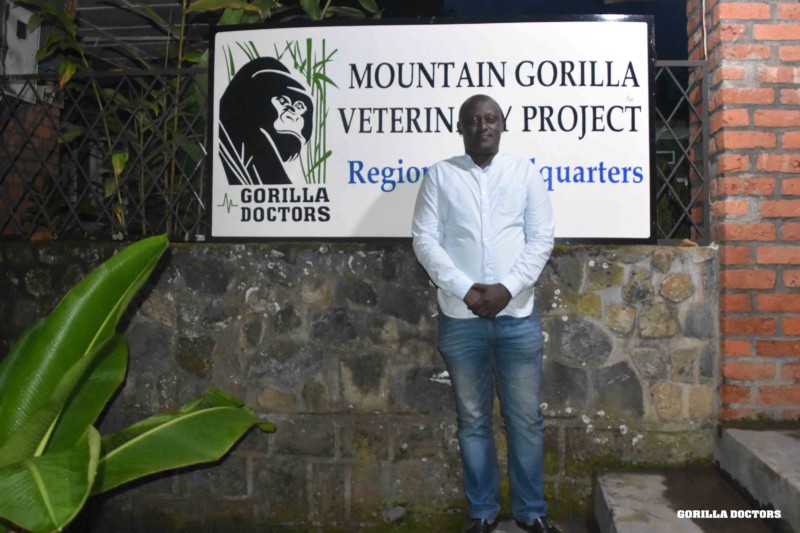
Dr. Jean-Pierre Higiro, park doctor for Volcanoes National Park at Gorilla Doctors Regional HQ. © Gorilla Doctors
On an even larger scale, Gorilla Doctors was the implementing partner for the USAID Emerging Pandemic Threats PREDICT project from 2009 – 2020 in Rwanda, Uganda and eastern DR Congo, identifying dozens of new viruses with potential to spillover from wildlife to humans. As part of this work, when the Ebola virus outbreak began in eastern DRC in 2018 (officially declared over in June 2020), Gorilla Doctors DRC team conducted multiple health education and training workshops for park staff and people in the communities surrounding Virunga and Kahuzi-Biega National Parks.
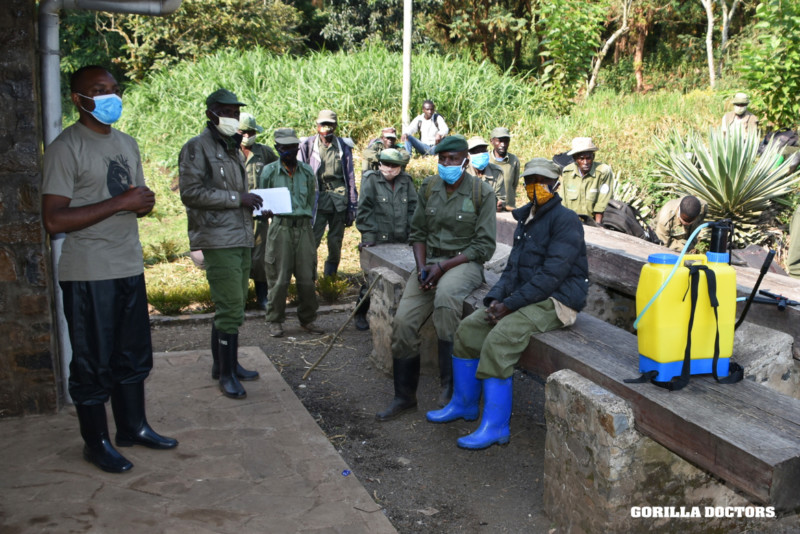
Drs. Eddy and Fabrice lead health & safety workshop for park staff at Kahuzi-Biega National Park, DRC, 2020. © Gorilla Doctors
4 – Quality Education: Gorilla Doctors is committed to the development and empowerment of regional experts who are in the best position to direct the future of conservation in their countries. With generous support from the Houston Zoo, Jane Goodall Institute, Docs4GreatApes and others, Gorilla Doctors provides support for the continuing education of our veterinary staff, all who have earned advanced degrees.
We also support the training and development of veterinary students and young professionals in the region, providing opportunities for practical, hands-on veterinary and research experience. Pre-pandemic Gorilla Doctors veterinarians regularly visited primary and secondary schools to educate children about gorillas and conservation. In 2019, we connected with more than 950 students.
8 – Decent Work and Economic Growth: Almost all of Gorilla Doctors staff are Rwandan, Ugandan and Congolese. In 2019, we transitioned regional leadership to our Head Veterinarians, Dr. Julius Nziza (Rwanda), Dr. Benard Ssebide (Uganda) and Dr. Eddy Kambale Syaluha (DRC). Together with Gorilla Doctors’ Executive Director & Chief Veterinary Officer, Dr. Kirsten Gilardi, based in the U.S., the Head Veterinarians develop and implement Gorilla Doctors’ regional strategy in partnership with park authorities. Prior to the COVID-19 pandemic, we also regularly employed porters and additional support staff when conducting clinical interventions. Since the pandemic, we have temporarily eliminated all ‘non-essential’ support to minimize the number of people in close contact with the gorillas.
12 – Responsible Consumption and Production: Gorilla tourism is a form of ‘consumption’ and Gorilla Doctors’ Executive Director led an international team for the International Union for the Conservation of Nature (IUCN) to produce: Best Practice Guidelines for Health Monitoring and Disease Control in Great Ape Populations. These guidelines provide the most comprehensive protocols for practicing ‘responsible consumption’ with regard to gorilla health in the context of tourism. Prior to COVID-19, thousands of people from around the world visited gorillas every year. And while the benefits of tourism far outweigh the costs, we know from our research that gorillas are susceptible to human diseases (including SARS CoV-2, as was reported in the western lowland gorilla troop outbreak at the San Diego Zoo Safari Park in January 2021). Tourism best practice includes mask wearing in the presence of gorillas, hand and boot washing, staying away if sick, and maintaining a minimum distance of 7-10 meters. As we have witnessed in humans, social distancing, mask wearing and hand-washing are absolutely key to reducing disease transmission.
15 – Life on Land: Despite the health risks, mountain gorillas are the only great ape in the wild whose numbers are increasing. In 2018, their status changed from critically endangered to endangered – a downgrading that is a true “win”. The annual population growth rate of habituated mountain gorillas is 4% of which Gorilla Doctors work is credited for half of that growth rate. In contrast, the population growth rate for unhabituated mountain gorillas is negative 0.7%1.
From July 1, 2019 to June 30, 2020, Gorilla Doctors conducted nearly 300 health checks and monitoring visits and performed 37 clinical interventions to treat ill or injured gorillas across Rwanda, Uganda and DRC. Mountain gorillas are indeed a rare conservation success story, but their overall population, at just 1,063 gorillas, is small and fragile. Every individual life is essential to the long-term survival of the species.
Global Guardians
Gorillas are an umbrella species for the thousands of animals, insects and plants that make up their surrounding forest ecosystem. Protecting them protects the entire forest – a forest that plays a role in the global carbon cycle, absorbing carbon dioxide during photosynthesis and thereby reducing the amount in the atmosphere that contributes to global warming and climate change2.
With a One Health approach, as outlined above, this extends to the humans who benefit in so many ways, including with their own health and livelihoods. The COVID-19 pandemic has illuminated the urgent need for this work to continue and for all of us to stay focused on achieving the UN Sustainable Development Goals by 2030 for the health of all life in the world.
UN World Wildlife Day
March 3, 2021
References
1Robbins, et al. (2011) Plos One 6(6): e19788
2Otukei, J. and Emanuel, M. (2015) South African Journal of Geomatics 4(1): DOI: http://dx.doi.org/10.4314/sajg.v4i1.1


 Donate
Donate
